New BMW iX is a bold statement for the future of EV design, inside and out
We test-drive the BMW iX, the brand’s new flagship electric vehicle and an extremely accomplished car
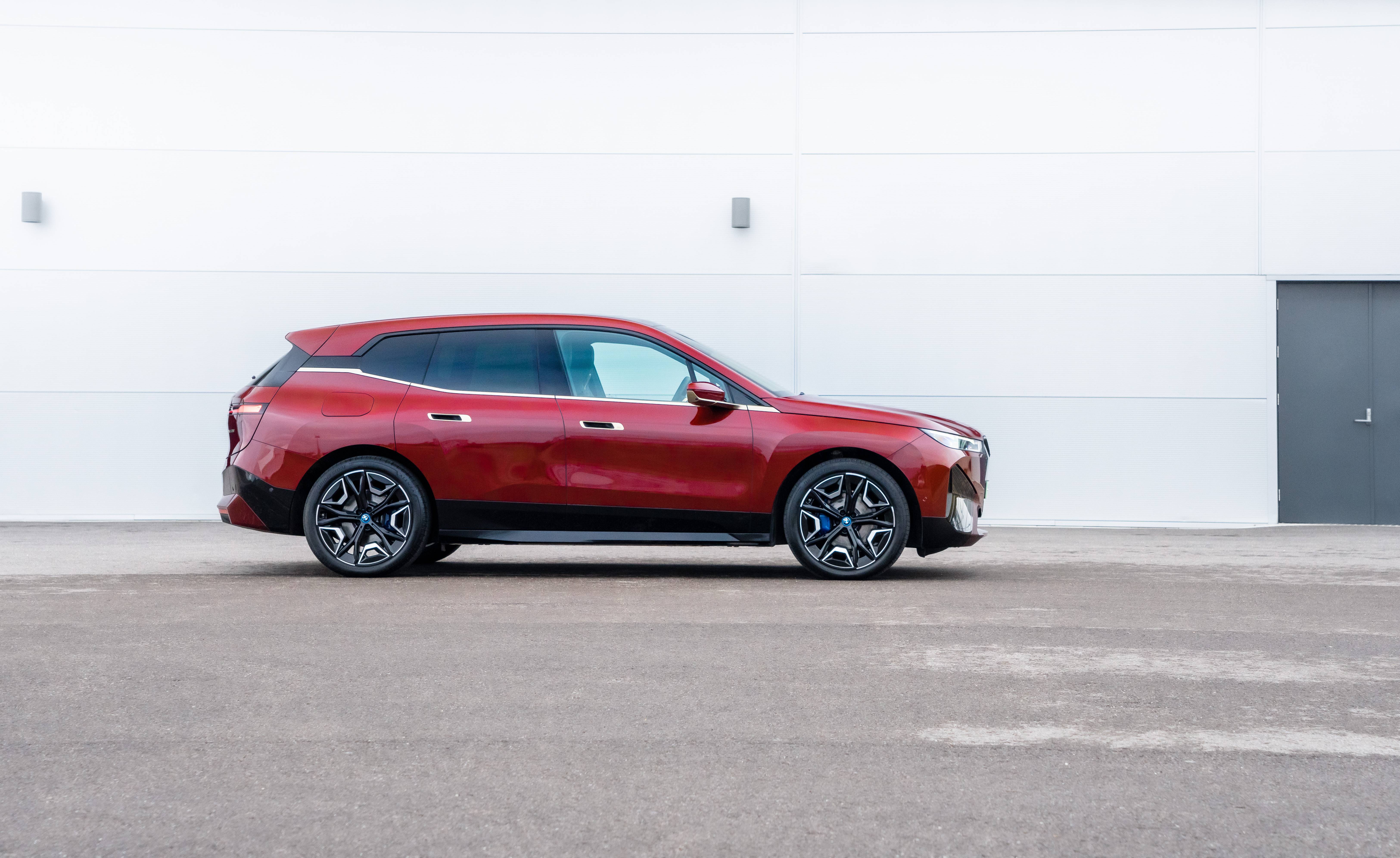
The new BMW iX has a certain devil-may-care swagger about it. BMW has been in the electrification game for far longer than other premium manufacturers, and although its strategy has been baffling at times, the company has always played the long game. The iX is a classic case in point. As the new flagship electric vehicle in BMW’s electric portfolio, it straddles categories, defies easy description, and offers up a challenging aesthetic proposition. It’s also an extremely accomplished car, electric or otherwise, with some bold design decisions that could only have come from a place of longstanding experience.
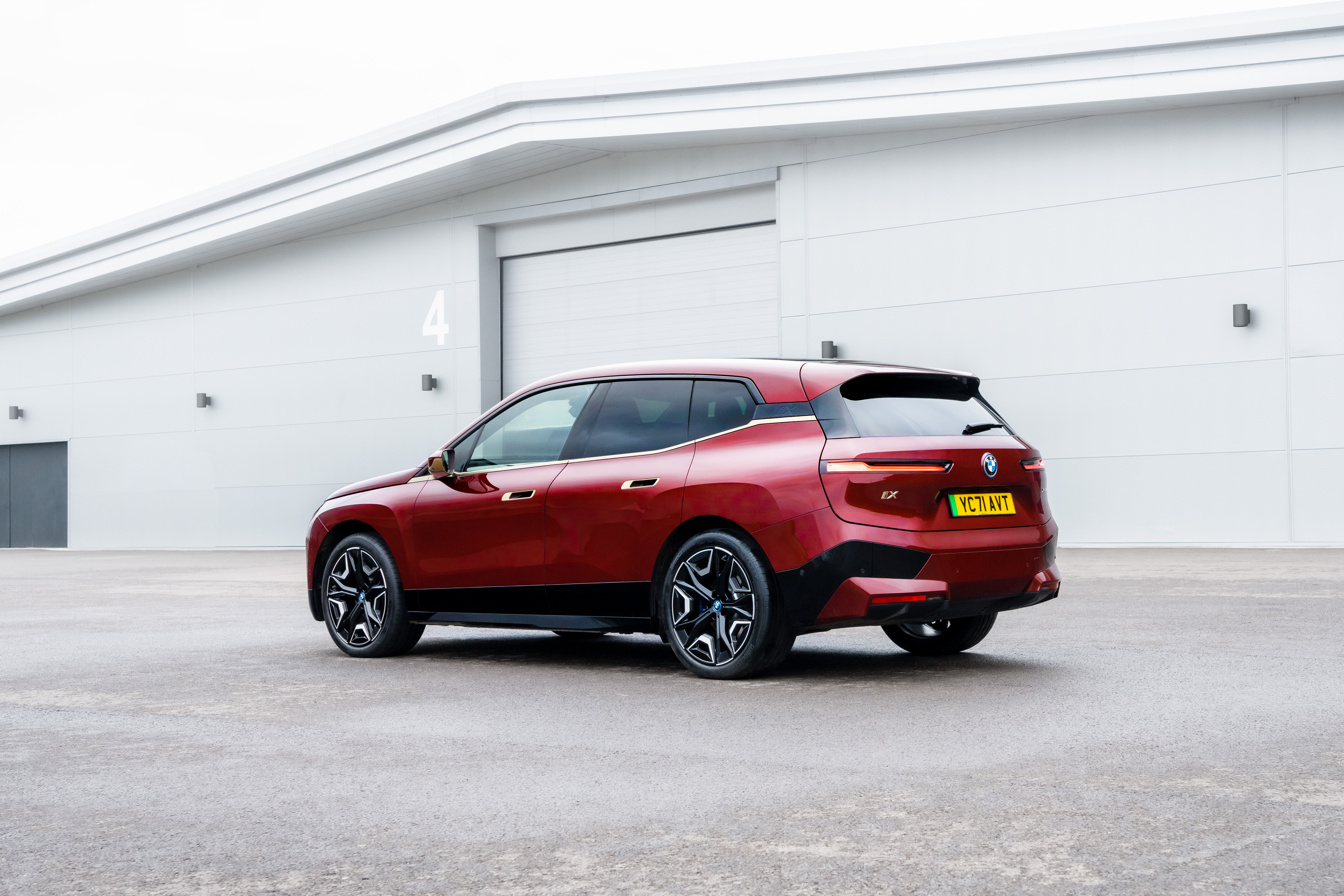
How did BMW get here? The BMW i3 and i8 were two of the very first standalone pure electric cars. Unveiled back in 2011 and introduced into the marketplace in 2013 and 2014 respectively, they were loudly acclaimed yet commercially unspectacular, failing to get the company a major toehold in the burgeoning EV market despite the many billions spent in R&D.
The little i3 is a fantastic car and can still hold its own against far more contemporary rivals. Production is due to end this summer, with around 250,000 units built. The i8, which was a plug-in hybrid sports car, as opposed to a pure EV, was also acclaimed for its styling, usability, and performance. There was even a BMW i8 Roadster. The last of just over 20,000 production cars rolled off the Leipzig production line in June 2020. If you catch sight of one today, you’ll see that the futuristic form remains quite unlike anything else on the road, now or then.
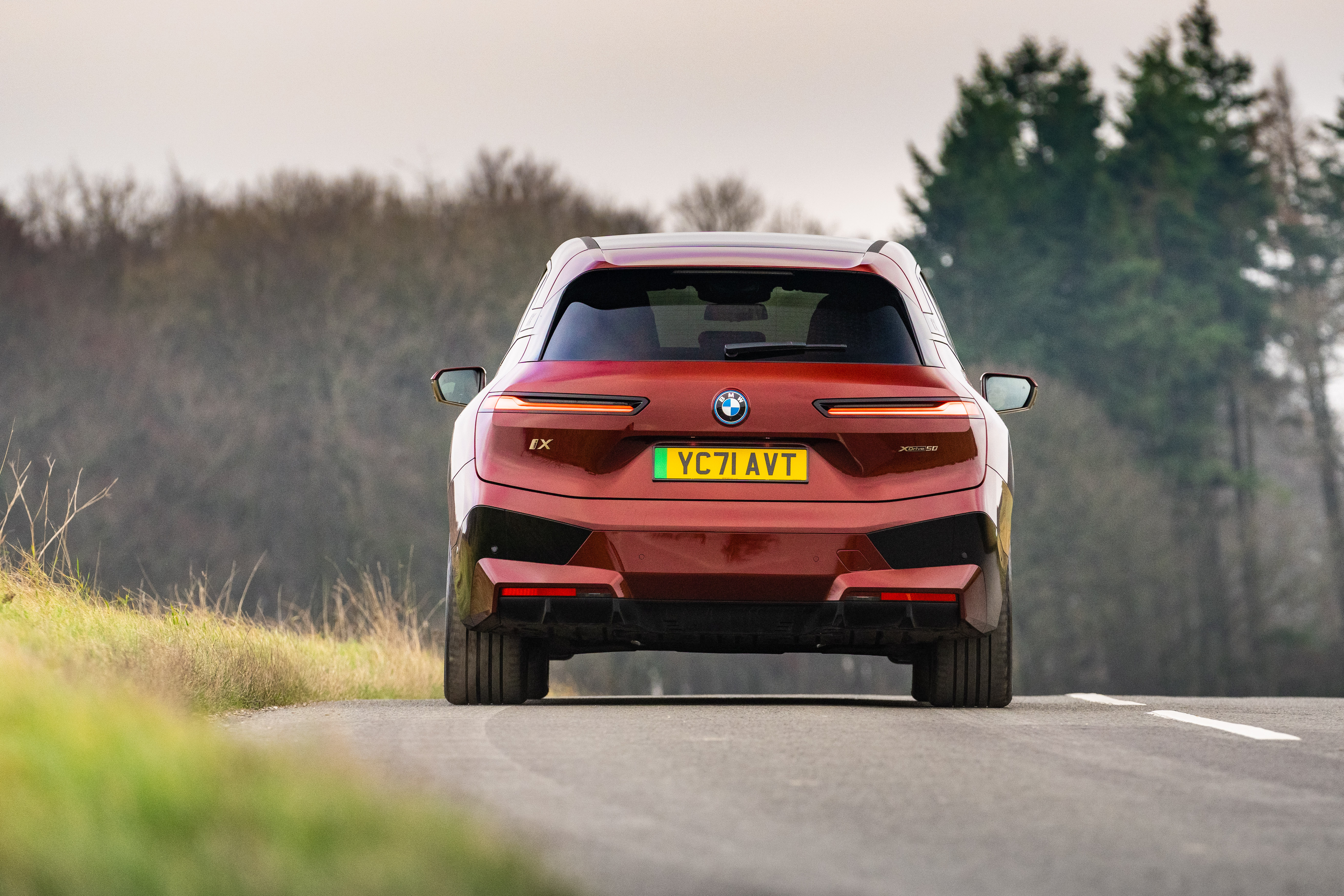
Perhaps due to the relative failure of the i3 and i8 in the marketplace, BMW pivoted its strategy and decided to integrate i-drive electrification into its mainstream models, rather than build standalone EVs. So far, there’s an iX3 electric SUV and the i4 sedan, with electrified versions of other key cars in the works, headed up by the new BMW i7, designed to go head-to-head with the Mercedes EQS.
It can’t quite beat the EQS on range (the iX’s various versions offer between 341 miles and 392 miles), nor in sheer opulence of the interior. Instead, there’s a much more muted take on automotive technology, one that feels far less in your face.
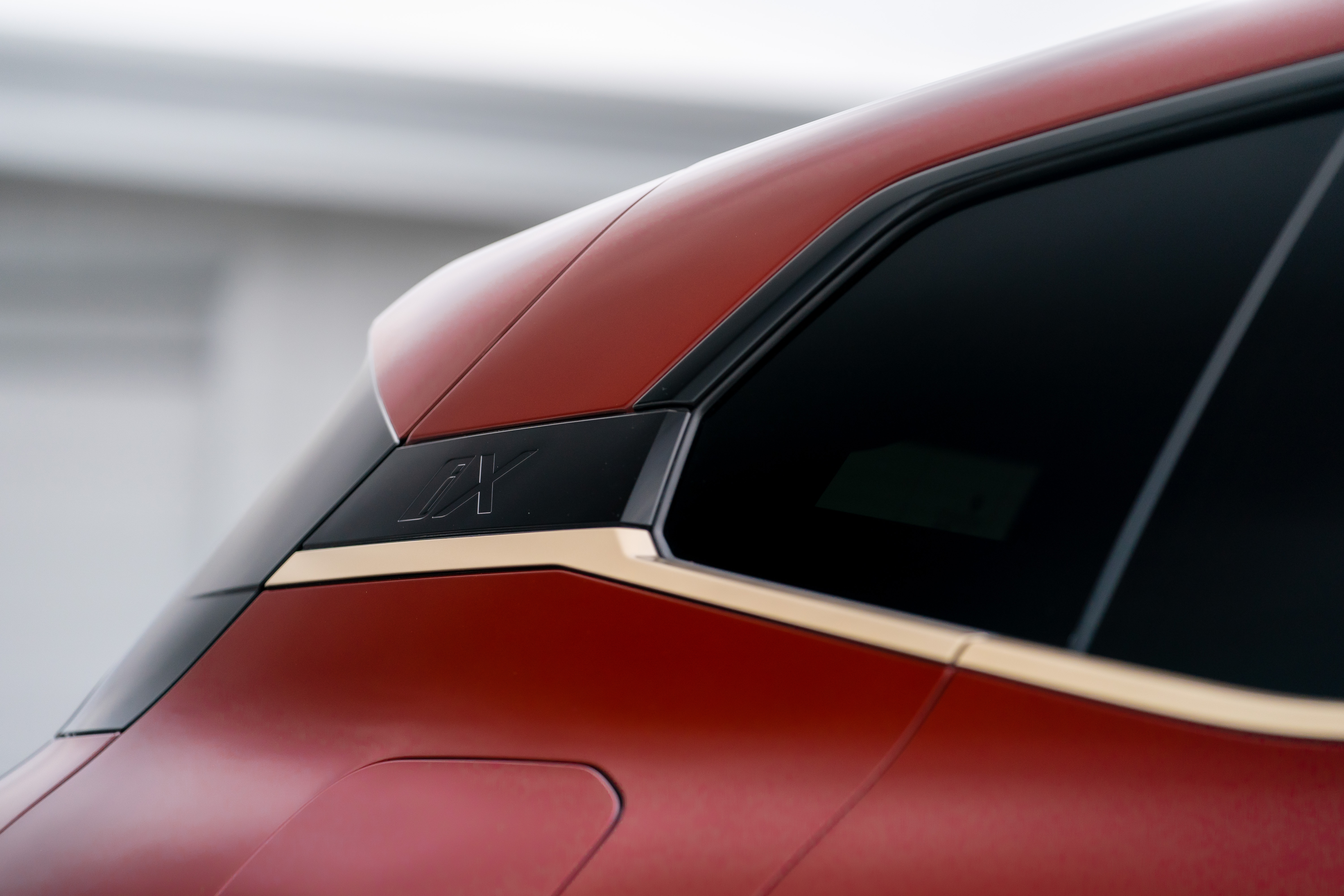
For many people, the iX argument will be won or lost within seconds. This is a visually striking car, and not everyone will mean that in a positive way. The iX does look better in the metal than in photographs, but it is not going to win any beauty contests. For a start, that colossal grille dominates the front end. BMW (and to a lesser extent Audi and Mercedes) is seemingly on a quest to supersize its more identifiable characteristic. The so-called ‘double kidney’ has been an integral part of the BMW corporate identity since 1933. Since then, its application has veered from strict functionalism to elaborate over-emphasis.
The iX is clearly the latter, even if the ‘mesh’ itself is now an abstracted geometric panel. In functional terms, it’s where the car’s bevvy of sensors is housed, so it makes a certain sort of sense to make it such a prominent feature. Counterintuitively, BMW refers to this approach as ‘Shy Tech’, the art of concealing technology until it’s actually needed.
Wallpaper* Newsletter
Receive our daily digest of inspiration, escapism and design stories from around the world direct to your inbox.
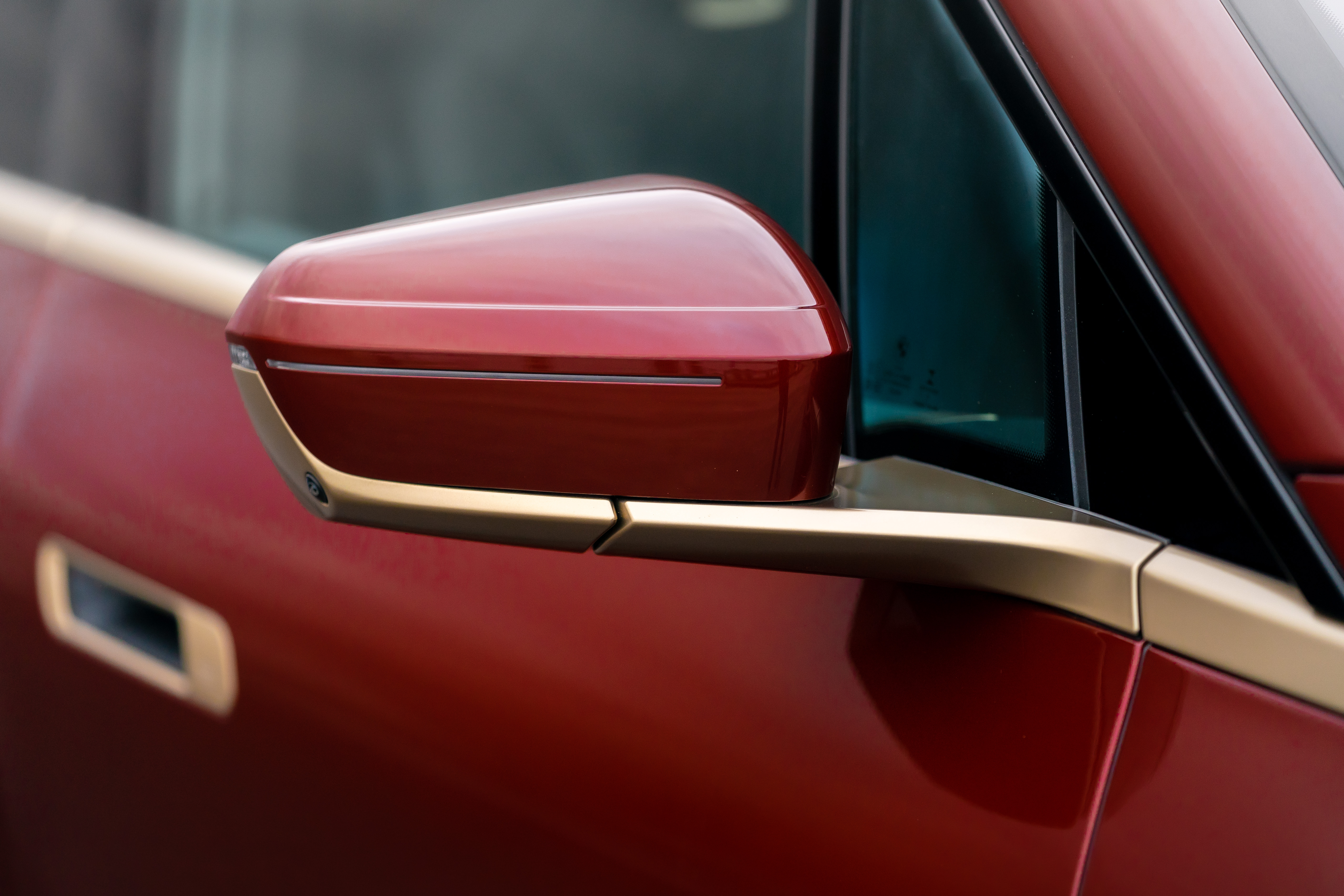
The rest of the body doesn’t so much flow back from this bold face as slide and slip in a chiselled, faceted kind of way. The tapering belt line that rises above the rear wheel to form a signature thick D-pillar was first seen in the i3 and has subsequently been widely imitated. In the iX, it seems to imply the end of the car, but there’s still a relatively large rear overhang.
The decision to narrow the head- and taillights into long horizontal bands is also at odds with the verticality of the grille.
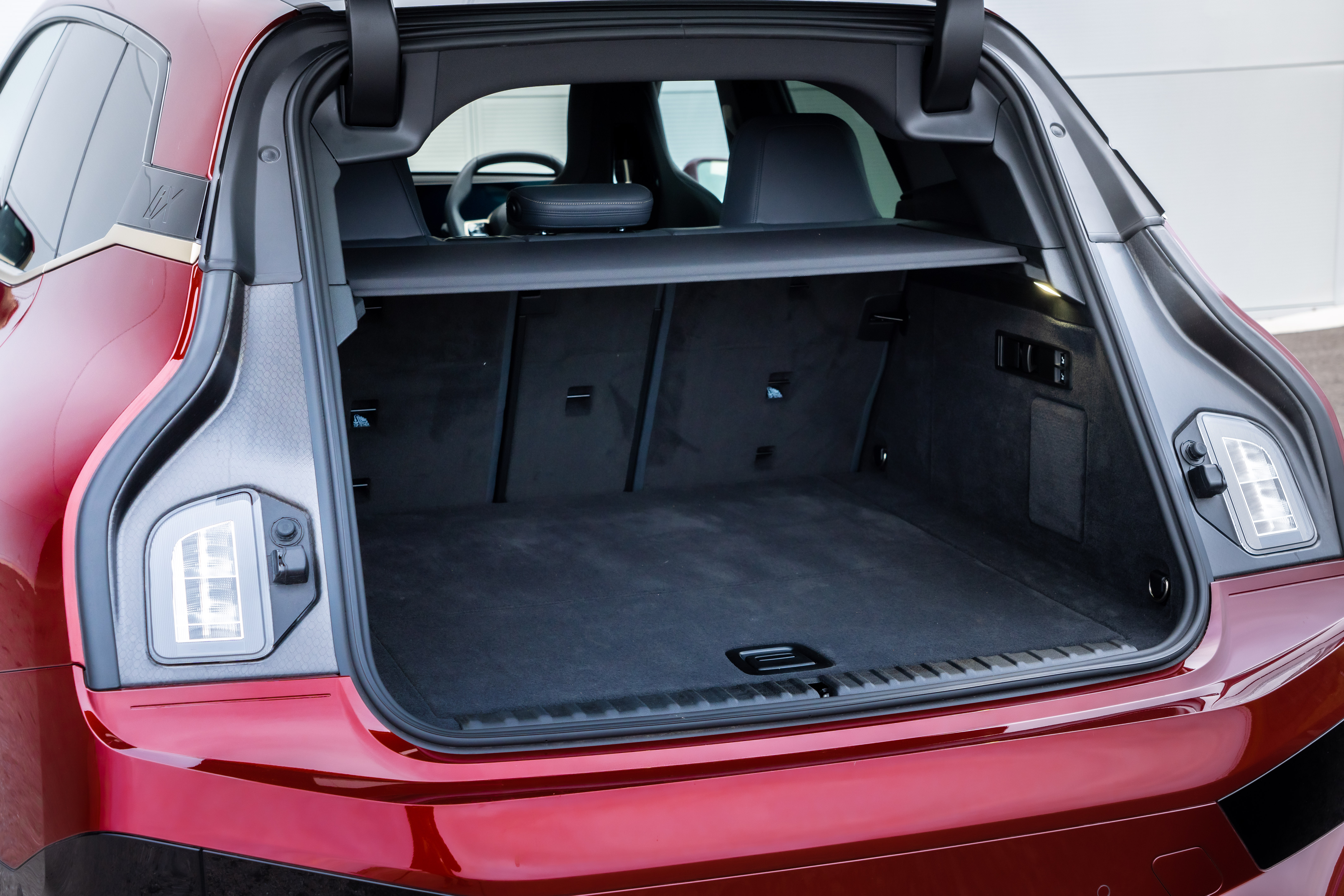
And yet it sort of works. As a whole, the iX’s visual contradictions balance each other out, helped by some adventurous detailing and elements rendered in the optional Titan Bronze Exterior Trim. Visually, the iX has far more in common with the compact i3 than any of its SUV siblings; both EVs share the idiosyncratic discord that comes out from pushing the envelope.
For now, it’s still an outlier in the range, for it has no direct ICE-equivalent. Superficially, the iX sits in the same class as BMW’s other X-model SUVs, with the big X7 its closest relation (although it is closer in length to the X5 – it just looks bigger). But as we said, the i3 (and i8) still look fresh today because they broke free from the incremental evolutionary approach taken by the company’s other models.
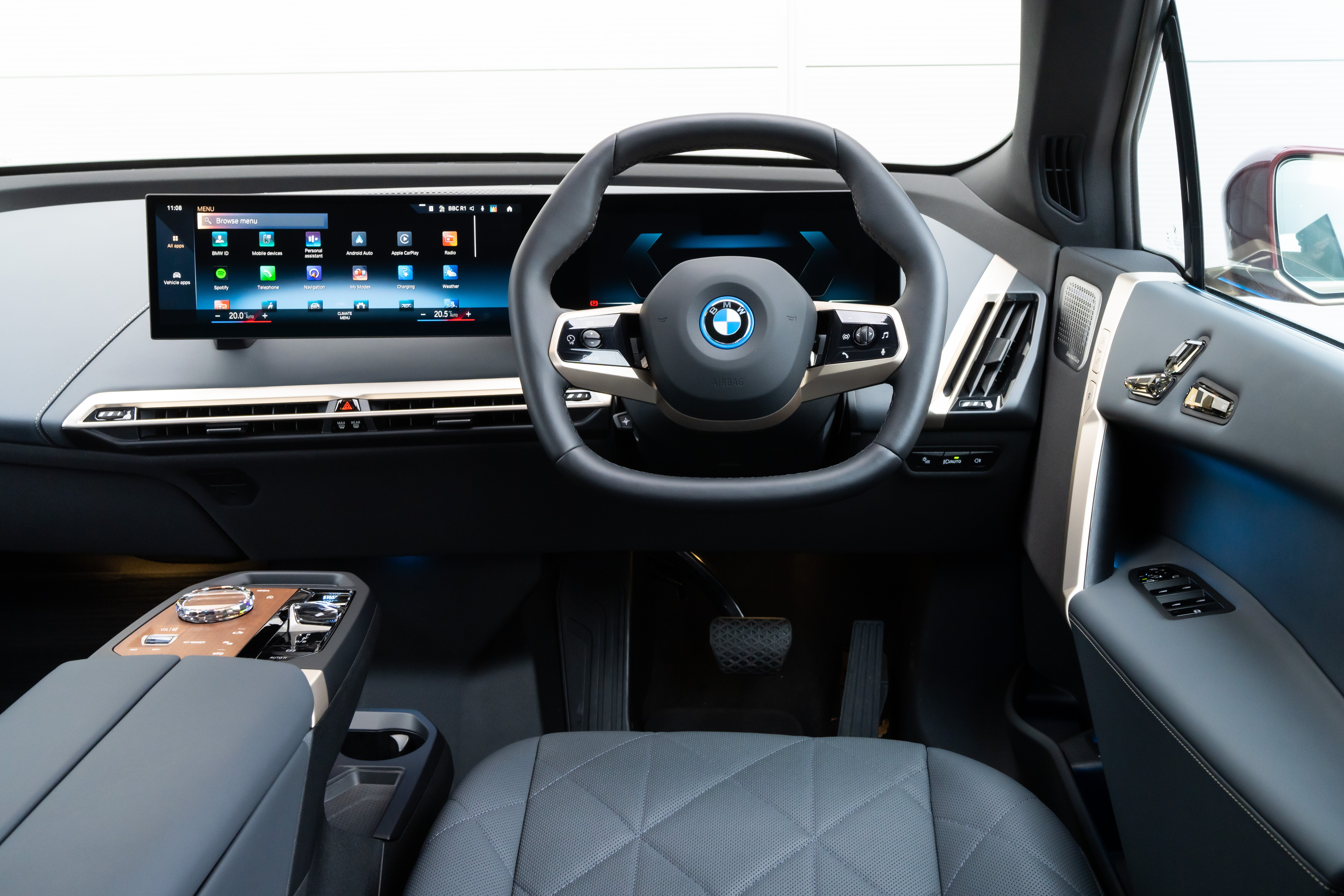
The interior is one of the best premium spaces on the market. It makes the screen-heavy look of other contenders appear overly complex and busy. BMW has done much to pare back the surfaces without compromising function. As BMW head of design Domagoj Dukec told us last year, the iX ‘is a pivotal product for a whole new way of thinking about car design… we reduced the amount of interior elements. We offer more by doing less. This “mono material” approach shows more exclusivity than a traditional patchwork interior design.’
There is also more evidence of the Shy Tech approach, such as the click pad on the centre armrest, lovingly formed from a sliver of grainy wood, with the buttons for media and navigation imprinted onto its surface, along with the crystal glass iDrive controller. Crystal is also used for the adjustable seat buttons mounted on the doors, and the whole ambience is more akin to concept car than production model (the iX began life as the BMW Vision iNext shown at the 2019 Frankfurt Motor Show).
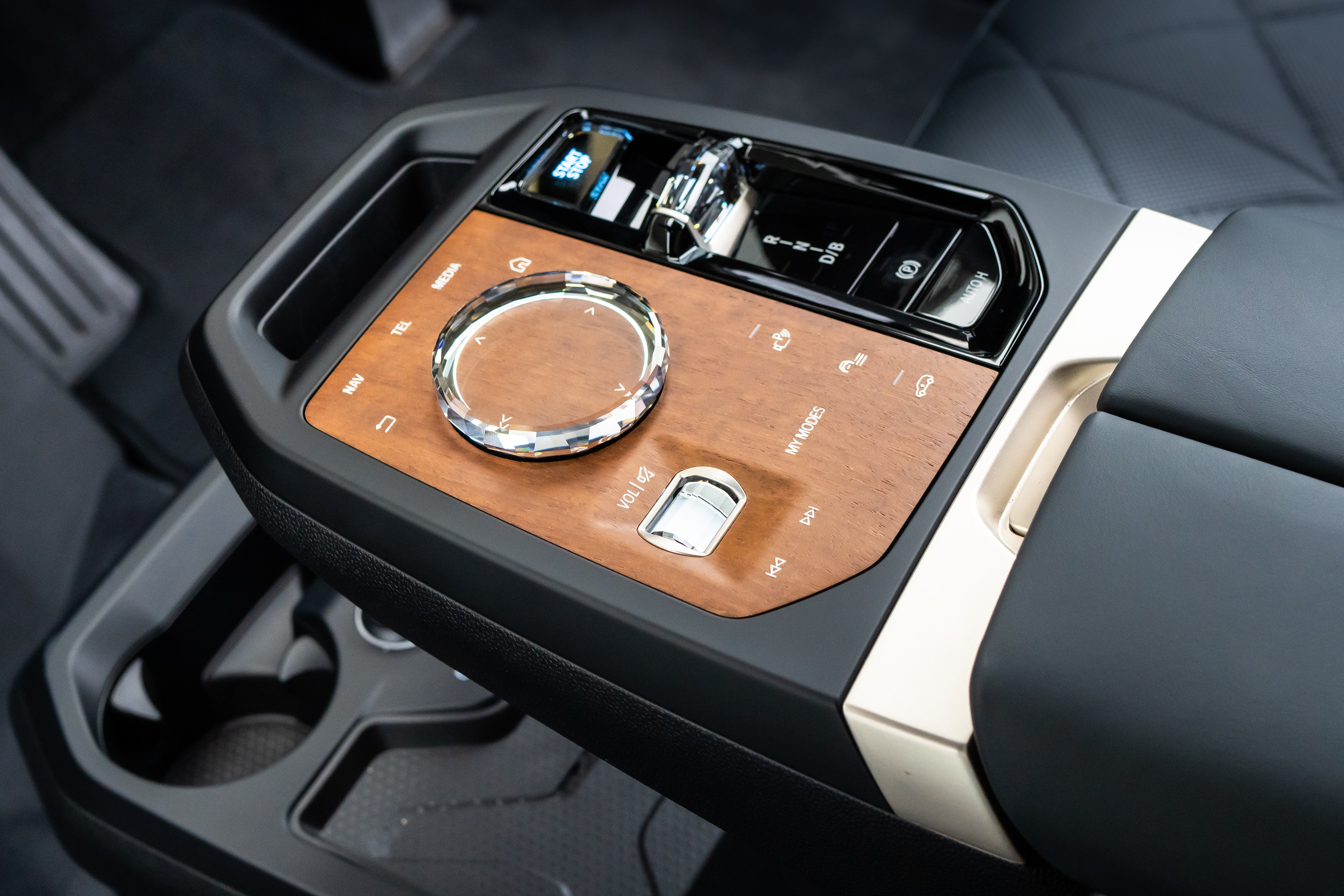
This less is more approach means that the little details delight. There are buttons instead of door handles. The mood lighting doesn’t go all-out superyacht-style but is reduced to graceful slashes of colour atop the doors. There’s electrochromatic glass in the optional panoramic roof (standard on the xDrive50 M Sport), which turns opaque at the click of a button.
The hexagonal steering wheel sounds gimmicky but works well in practice, and the optional Bowers & Wilkins Diamond Surround Sound Audio System shares the Shy Tech ethos by concealing its speakers subtly throughout the cabin. The processing speed of the big, television-like horizontal touchscreen is good and never feels like it’s trying to catch up. The interface is crisp and intuitive, although some of the graphical wallpaper choices might date faster than the rest of the car.
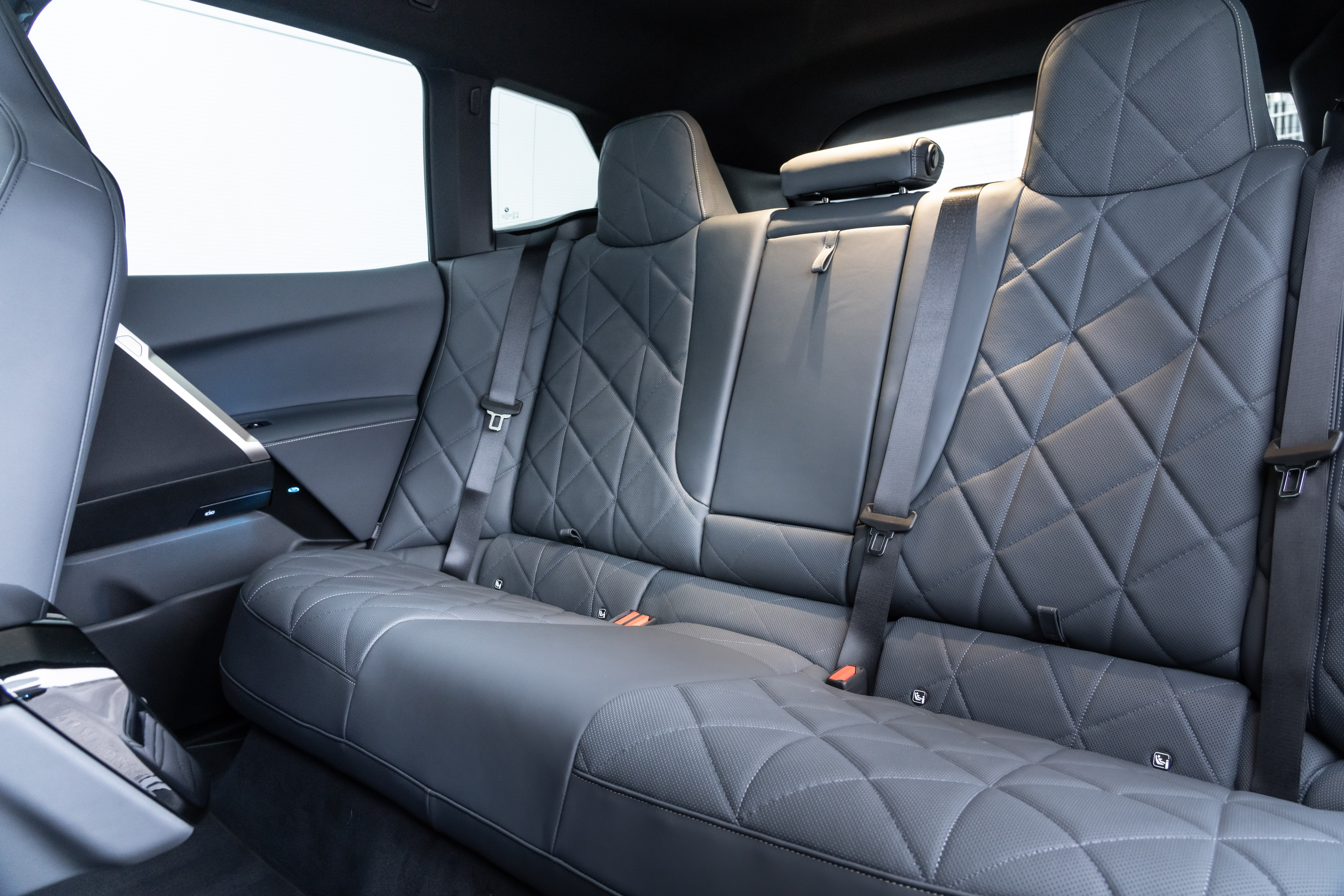
For the time being, luxury EVs have to be big in order to accommodate the range/battery-size equation that buyers associate with spending lots of money.
To use a mobile phone analogy, if the i3 is an original iPhone, then the iX is an iPhone 13 Pro Max: it takes a bit of getting used to but is hard to give up once you’ve adjusted to the change in scale.
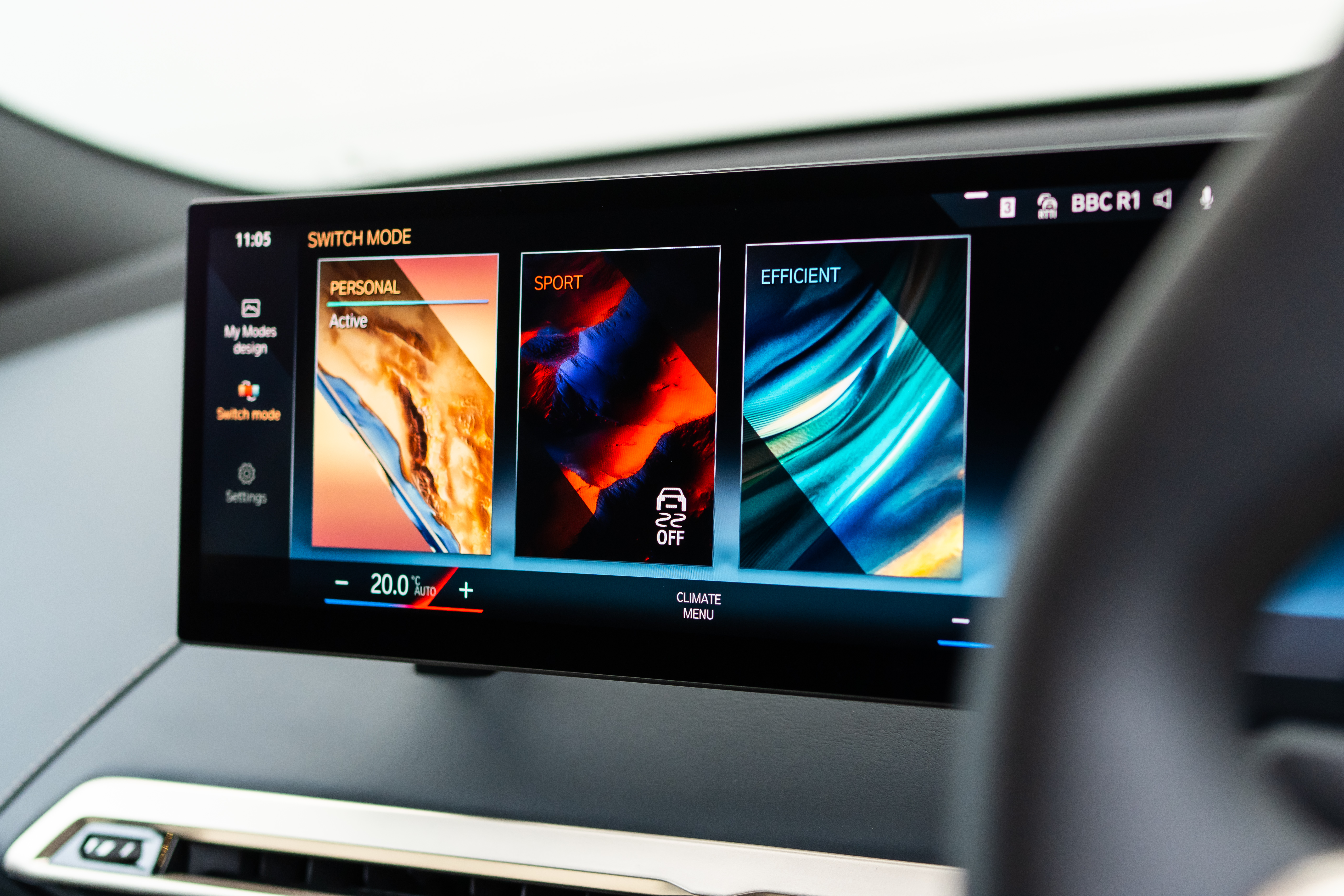
There are also the clear performance benefits of electrification. 2022 marks the 50th year of BMW’s ‘M’ division. Petrol-powered models bearing the legendary M-prefix continue to be held in the highest esteem by the traditional enthusiast. The BMW i4 M50 is already on sale and a flagship iX M60 is in the works. For now, the top dog is the iX xDrive50 M Sport, which has 523hp and can do the obligatory 0 to 62mph sprint in 4.6 seconds. Power goes to all four wheels and the familiar sharpness of instant electric torque has not been blunted by the iX’s considerable weight.
The xDrive50 also has an impressive 380-mile range, with a clever efficiency drive mode that never feels like you’re being held back, unlike in other EVs. Sport mode also adds a ghostly science fiction-inspired ‘engine’ drone. Mention should also be made of the car’s soundscapes, which are triggered by turning the car on and off. These have been composed by none other than Hans Zimmer, king of the ominous cinematic crescendo.
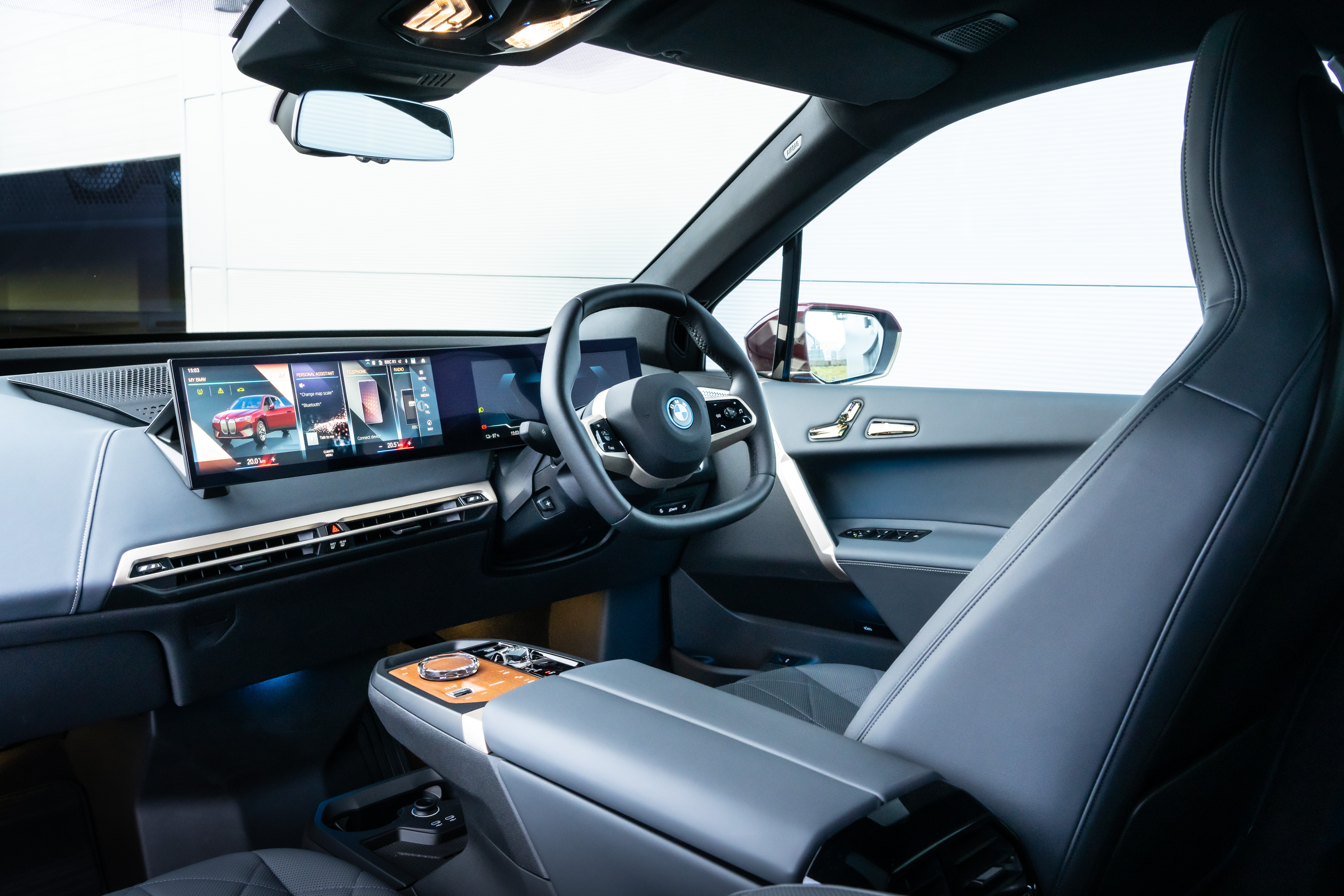
If you’re a habitual SUV driver, then the iX’s imposing (or challenging) looks and mighty stance won’t do anything to deter you, but for those who prefer to give off a less confrontational vibe, it might be a step too far. As a canvas for innovation, it’s second to none (we especially liked the recent iX-based Flow concept car with its e-ink surfaces). The BMW iX is hugely impressive on every level, with the interior alone putting it at the top of its class.
When BMW puts its focus solely on electrification, good things happen.
INFORMATION
BMW iX, from £69,905
Model tested BMW iX xDrive50 M Sport, £116,965 (with options)
Jonathan Bell has written for Wallpaper* magazine since 1999, covering everything from architecture and transport design to books, tech and graphic design. He is now the magazine’s Transport and Technology Editor. Jonathan has written and edited 15 books, including Concept Car Design, 21st Century House, and The New Modern House. He is also the host of Wallpaper’s first podcast.
-
 Put these emerging artists on your radar
Put these emerging artists on your radarThis crop of six new talents is poised to shake up the art world. Get to know them now
By Tianna Williams
-
 Dining at Pyrá feels like a Mediterranean kiss on both cheeks
Dining at Pyrá feels like a Mediterranean kiss on both cheeksDesigned by House of Dré, this Lonsdale Road addition dishes up an enticing fusion of Greek and Spanish cooking
By Sofia de la Cruz
-
 Creased, crumpled: S/S 2025 menswear is about clothes that have ‘lived a life’
Creased, crumpled: S/S 2025 menswear is about clothes that have ‘lived a life’The S/S 2025 menswear collections see designers embrace the creased and the crumpled, conjuring a mood of laidback languor that ran through the season – captured here by photographer Steve Harnacke and stylist Nicola Neri for Wallpaper*
By Jack Moss
-
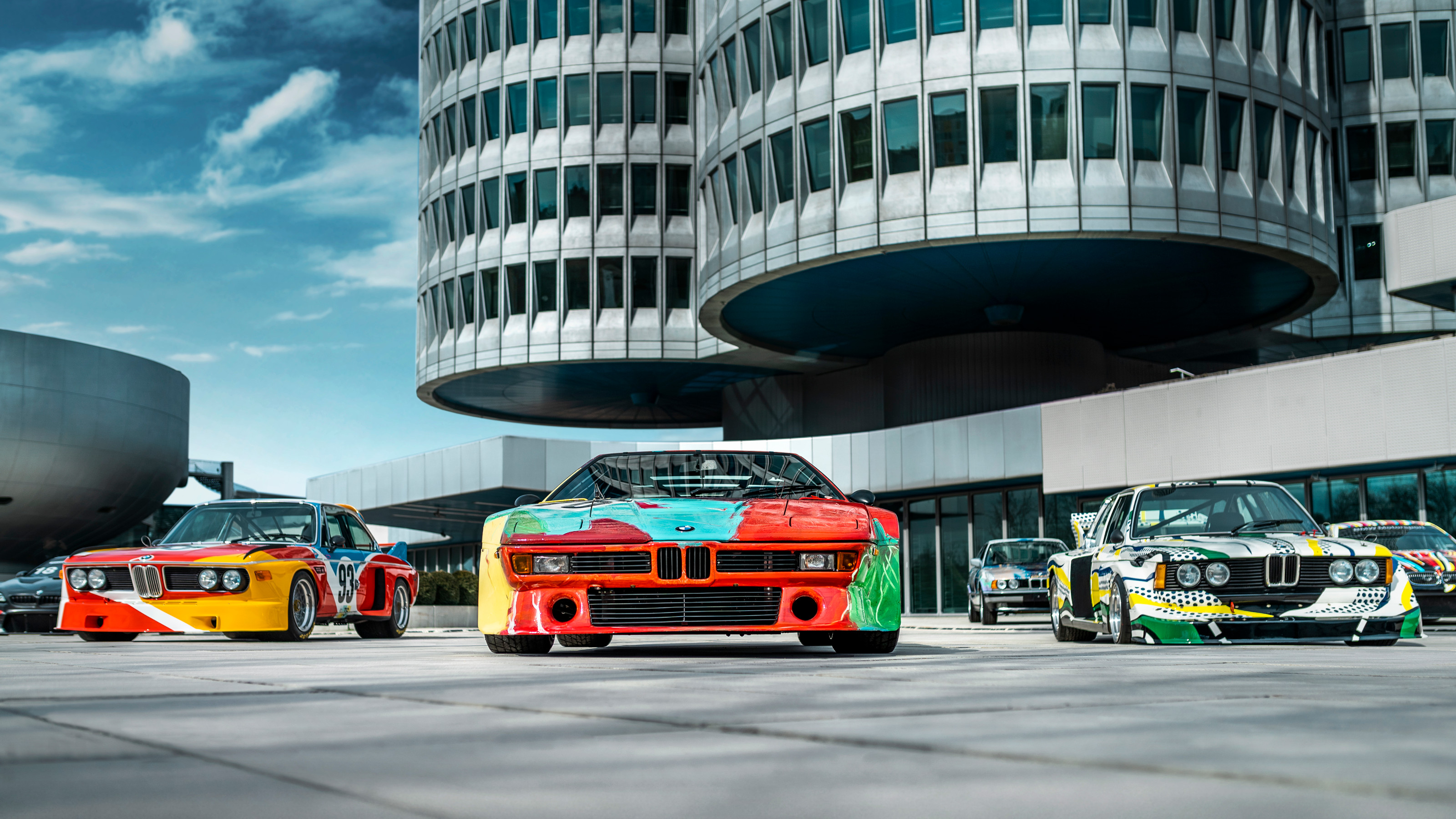 BMW celebrates half a century of its pioneering Art Car project with exhibitions and more
BMW celebrates half a century of its pioneering Art Car project with exhibitions and moreWe present a portfolio of the artists who have contributed to 50 years of BMW Art Cars, including Andy Warhol, John Baldessari, Jenny Holzer and David Hockney
By Jonathan Bell
-
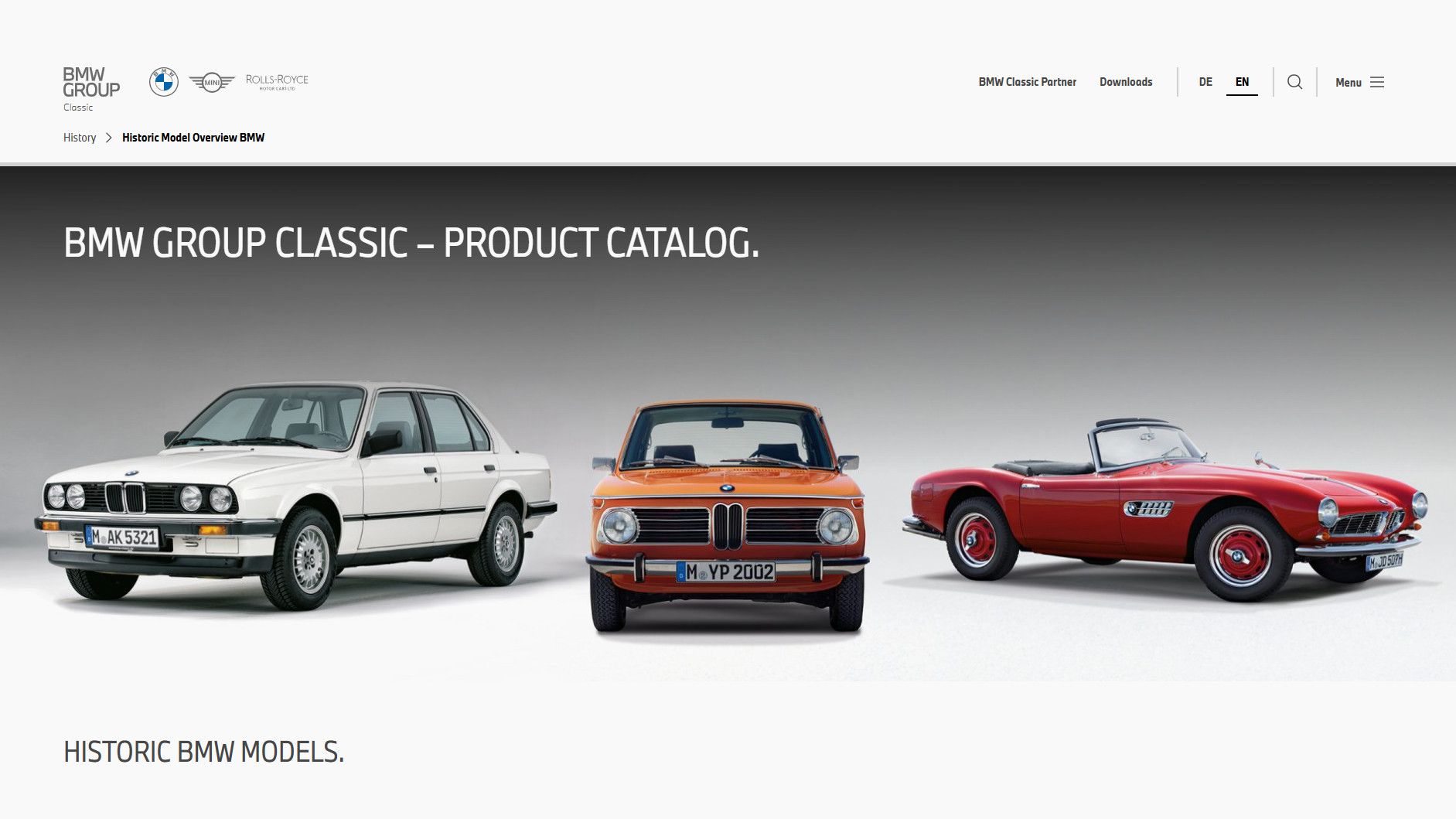 Peruse the new BMW Group Archive to explore the evolution of BMW design over the decades
Peruse the new BMW Group Archive to explore the evolution of BMW design over the decadesFor lovers of the marque, BMW’s commitment to online archiving is second to none. The latest website from the Bavarian manufacturer is this extensive visual catalogue of 80 years’ worth of BMW design
By Jonathan Bell
-
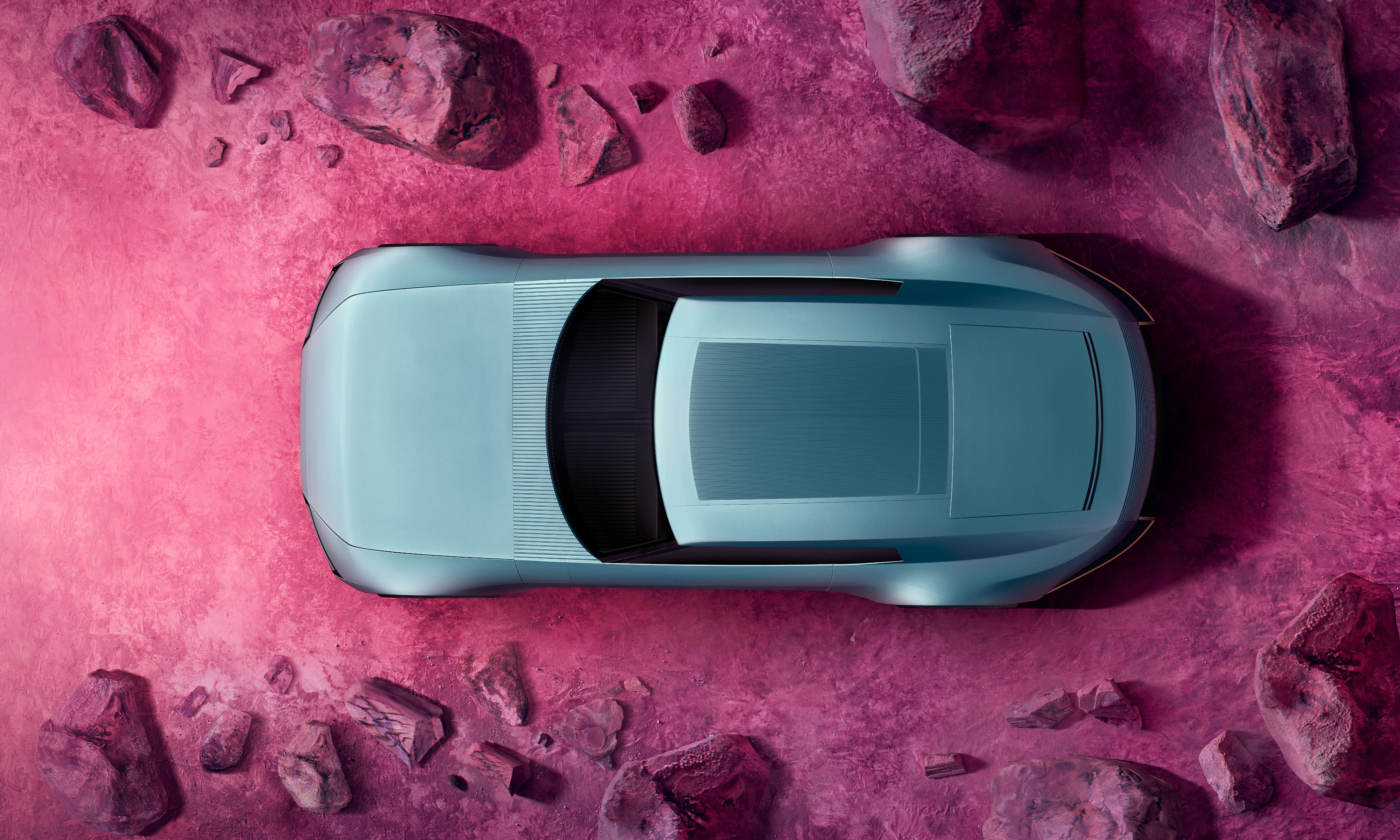 The top 10 concept cars of 2024, as selected by Wallpaper’s Transport Editor
The top 10 concept cars of 2024, as selected by Wallpaper’s Transport EditorWe round up our favourite forays into futuristic design with this collection of concepts and design studies showcasing the transport of tomorrow
By Jonathan Bell
-
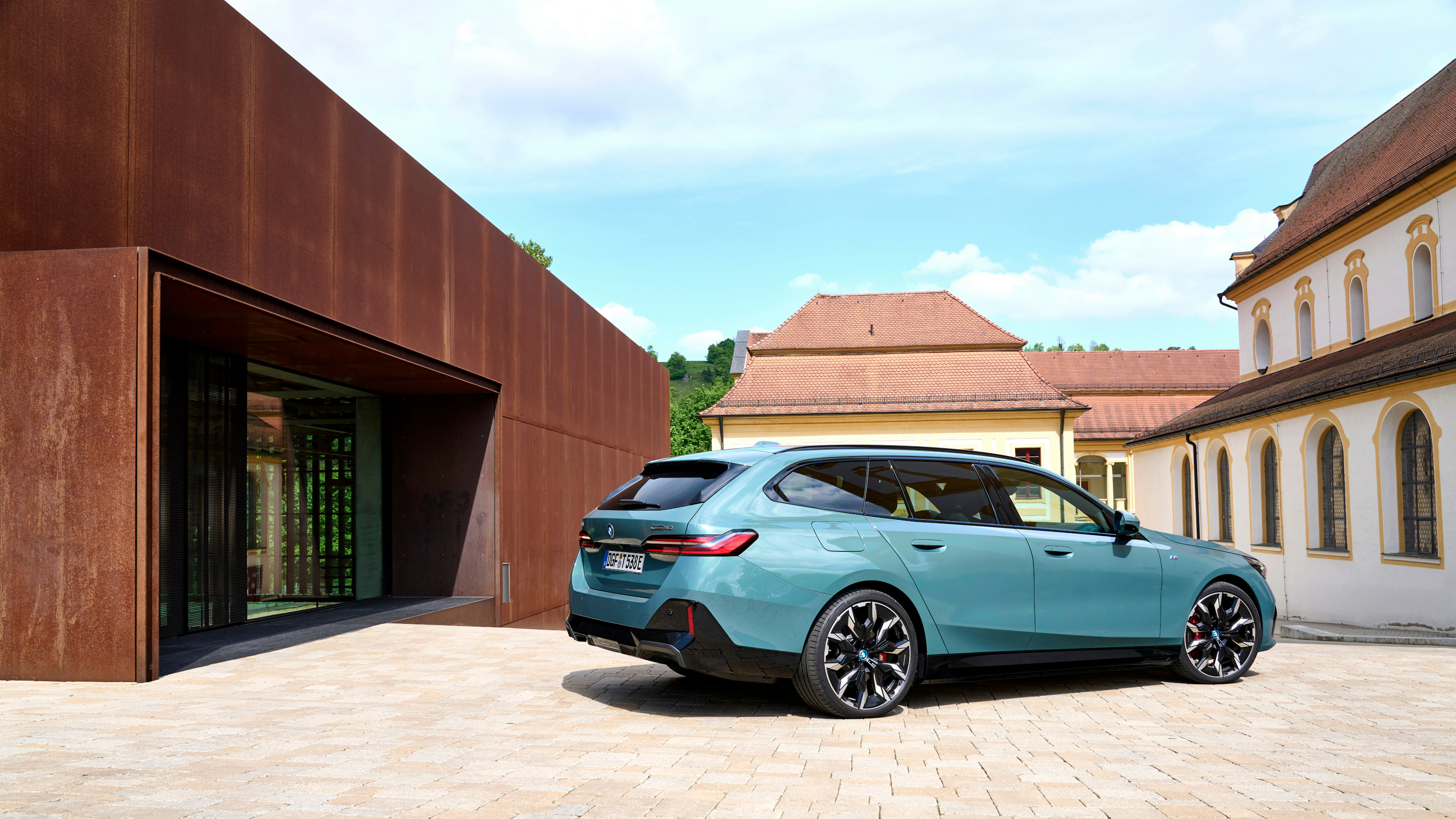 New BMW i5 Touring is an all-electric tech powerhouse that brings the noise
New BMW i5 Touring is an all-electric tech powerhouse that brings the noiseBMW has thrown its considerable expertise into making the i5 eDrive40 M Sport Pro Touring the ultimate zero-emission all-rounder. Jonathan Bell tries it out
By Jonathan Bell
-
 BMW’s limited-edition Skytop roadster draws on the past. Could it also predict the future?
BMW’s limited-edition Skytop roadster draws on the past. Could it also predict the future?Just 50 examples of the BMW Skytop are being built, and they’ve all been spoken for. We examine whether this classically styled machine is a harbinger of aesthetic change
By Jonathan Bell
-
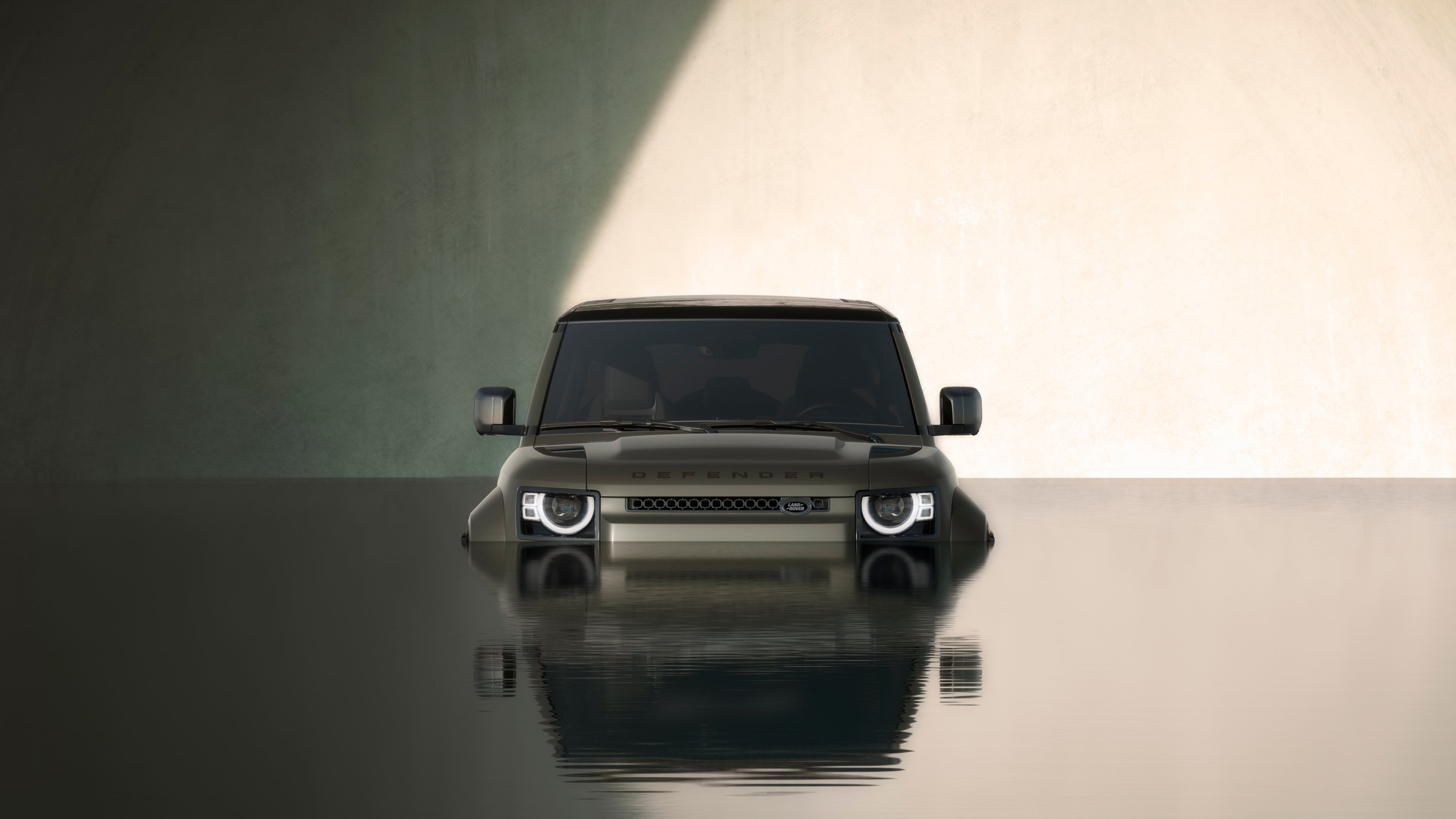 The 2024 Goodwood Festival of Speed hosted a wealth of auto innovation, from hypercars to hot hatches
The 2024 Goodwood Festival of Speed hosted a wealth of auto innovation, from hypercars to hot hatchesThe best new SUVs, EVs, hatchbacks and supercars to emerge from the 2024 Goodwood Festival of Speed
By Jonathan Bell
-
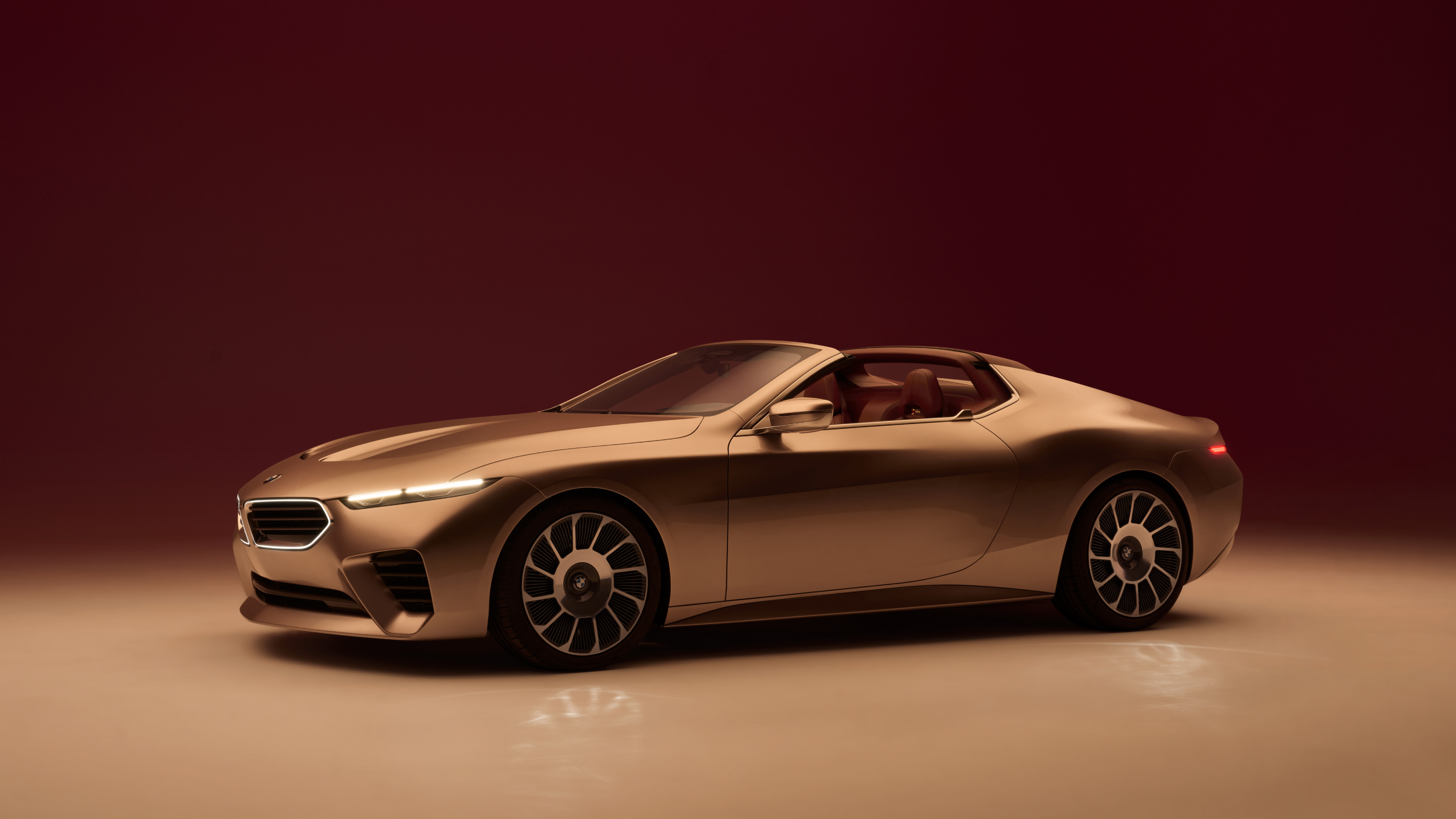 The Concept Mercedes-AMG PureSpeed and BMW Concept Skytop offer drop-top dreams
The Concept Mercedes-AMG PureSpeed and BMW Concept Skytop offer drop-top dreamsBMW and Mercedes-AMG open up with two new convertible concepts, one pitched at performance, the other at the spirit of the good life
By Jonathan Bell
-
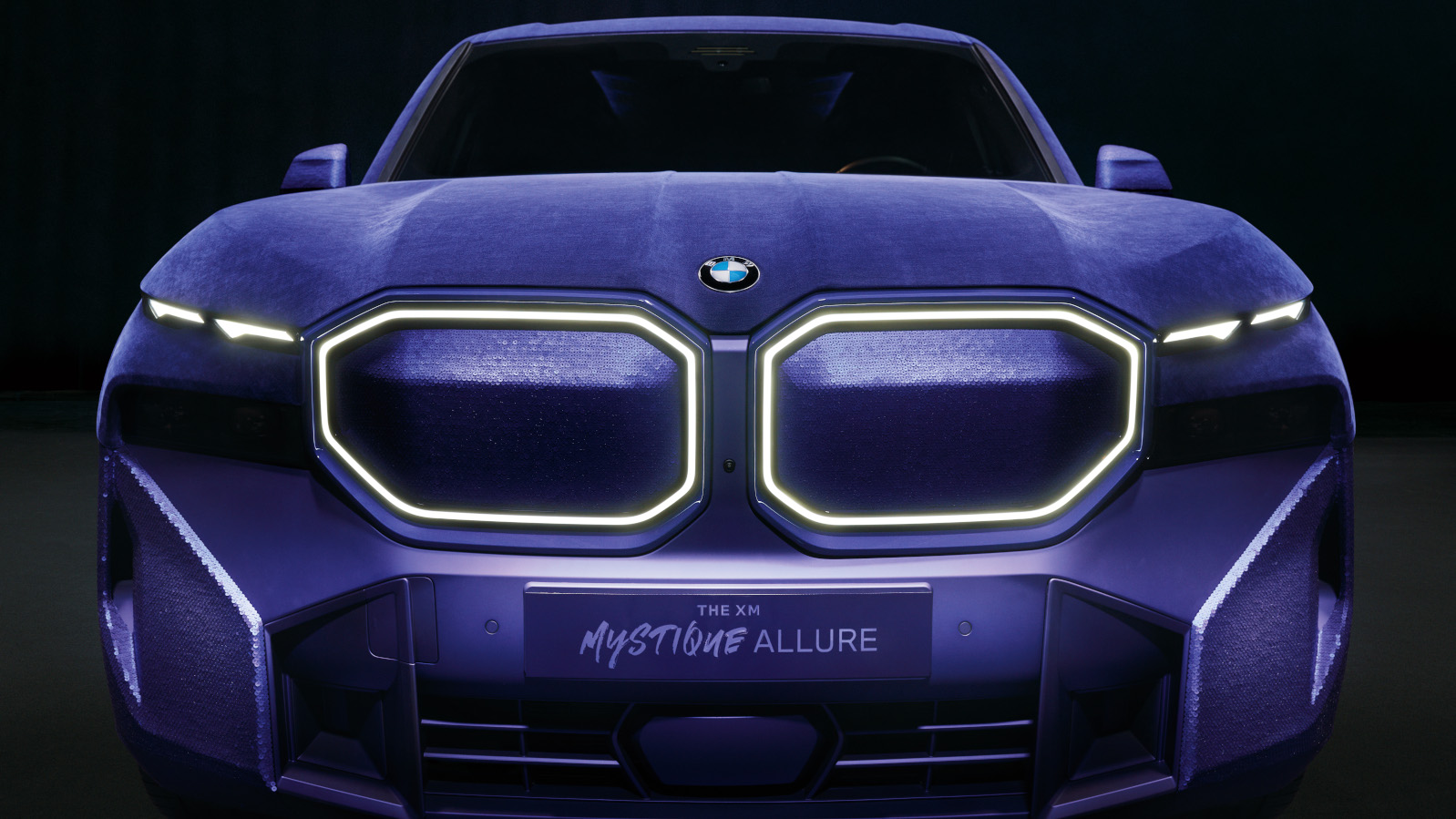 BMW launches its latest supermodel, the BMW XM Mystique Allure
BMW launches its latest supermodel, the BMW XM Mystique AllureThe haute couture-inspired BMW XM Mystique Allure, dedicated to Naomi Campbell and with a soundtrack by composer Hans Zimmer, makes its debut at Cannes International Film Festival 2024
By Simon Mills